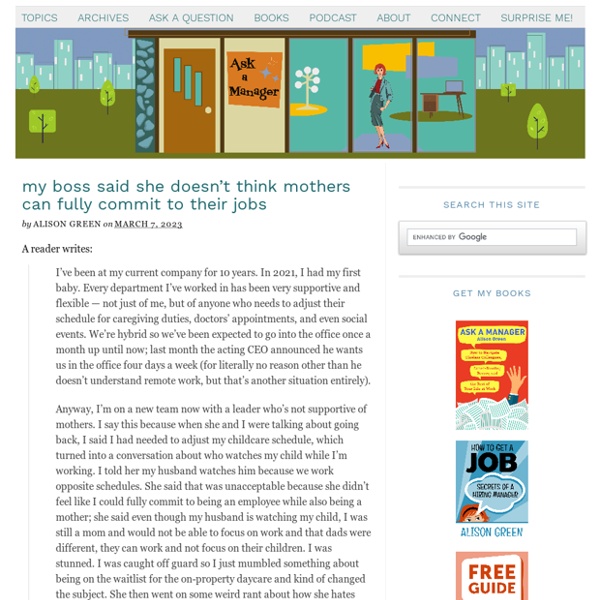



SWOT Analysis (Strengths, Weaknesses Opportunities, Threats) Use SWOT Analysis to assess your organization's current position before you decide on any new strategy. Find out what's working well, and what's not so good. Ask yourself where you want to go, how you might get there – and what might get in your way. These are big issues, and you'll need a powerful but simple technique to help you: SWOT Analysis. This article, video and infographic will help you to discover what SWOT Analysis is, how to carry one out, and how to apply its benefits to the max. What Is a SWOT Analysis?
5 Out-of-Date Job-Search Tactics “Is it still correct to use ‘Dear Sir or Madam’ in a cover letter?” a reader asked in an e-mail. “That isn’t such a great idea,” I wrote back. “No one uses ‘Dear Sir or Madam’ anymore, unless they’re actually writing to a madam, such as Heidi Fleiss.” I’m not sure my e-mail correspondent caught the joke. It’s not that using out-of-date job-search approaches brands you as older. The Belgian designers taking low-key luxe to new heights Axel Vervoordt – the designer, antiques dealer, collector and gallerist – is often cited by design insiders as laying the foundations for the quiet aesthetic that has become synonymous with Belgium’s design archetype. For most, his appearance at the Biennale des Antiquaires in the Grand Palais Paris in 1982 proved a pivotal moment. “His taste was relatively unknown outside Belgium, but he had an epiphany in preparation for the Biennale,” says Wim Pauwels, the design specialist whose publishing house Beta Plus has produced some 25 monographs of Belgian architects, designers and landscape architects.
Project Planning a Step by Step Guide Not recorded Project Planning a Step by Step Guide ~ By Duncan Haughey The key to a successful project is in the planning. Creating a project plan is the first thing you should do when undertaking any project. do job-seekers really need an elevator pitch? A reader writes: I recently visited my grad school on behalf of my employer as part of their college recruiting team. My objective was to collect resumes and speak with students regarding our summer internship program. I’ve worked the career fairs before but have not done so in a couple of years, and at this one I noticed some students doing something that I found off-putting. They’re making an “elevator pitch” for themselves.
A First-timer’s Guide To Johannesburg Why should I go? Johannesburg is South Africa’s most diverse, progressive and energetic city, the country’s best showcase for activism and optimism. There’s really nowhere better if you want to see the face of modern South Africa, and get a sense of how far the nation’s come and where it’s going next. Though the city – like the rest of South Africa – is still dealing with the legacy of racial segregation, it has become a truly diverse place.
Project Management Humor from CVR/IT Consulting Genesis of Failure In the beginning was THE PLAN. And then came The Assumptions. Why You Should Take 5 Minutes to Google Yourself Today Image via Pixabay/Hebi65 One of the first things recruiters or hiring managers are likely to do when considering you as a job candidate is Google you to see what you’re all about. Investing the time and energy into building your brand online is essential in landing a good job. Not sure where to begin? Follow this five-step checklist to cultivate a strong personal brand online that’s discoverable, professional, and impressive.